The L1B visa is a nonimmigrant (temporary) visa for employees who are professionals with specialized knowledge of an organization’s interests that are transferring from an overseas office to a U.S. office, or for employees who are professionals with specialized knowledge of a foreign company’s interests that are being sent to start a U.S. office if there is not already an office in the United States. An example of a professional with specialized knowledge under the L1B visa can be an employee who has proprietary knowledge of the company’s product.
- 1.
- 2.
- 3.
- 4.
- 5.
- 6.
- a.
- b.
- 7.
- 8.
- 9.
- 10.
- a.
- b.
- c.
Table of Contents
A qualified person under the L1B visa petition must (1) have been continuously working as a professional with specialized knowledge (or manager or executive) at an overseas office for at least 1 year within the 3-year period immediately prior to filing the L1B visa petition and (2) the person will be employed to provide services in a specialized knowledge capacity in the United States. The 1-year employment overseas must be a full-time job and there cannot be any break in employment during that 1-year.
The job position in the United States does not necessarily need to be the same job position held overseas. For example, a person who worked as a manager overseas is now transferring to the United States office to work as a professional with specialized knowledge.
The original statutory wording for qualified persons for L1B visas can be found in 8 CFR 214.2(l).
Specialized Knowledge
Specialized knowledge under the L1B visa petition can be either:
- (1)
- Special knowledge of the entity’s product, research, service, techniques, equipment, management, other interest and its application in the international marketplace (that is distinct or uncommon compared to what is usually seen in the industry OR within the entity)
OR
- (2)
- Advanced level of knowledge or expertise in the entity’s procedures or processes (that is greatly developed or further along in complexity, progress, and understanding than usually seen within the entity AND it is uncommon in the industry)
Specialized Knowledge Job Position Determination
To determine whether the job position involving specialized knowledge qualifies under the L1B visa petition, the factors listed below will be considered in totality:
- Financial inconvenience or disruption to the company if the person is not transferred to the U.S. office
- How the person will benefit the U.S. operations
- Whether there are employees in the United States performing similar job duties
- The difficulty of teaching or transferring the specialized knowledge to another employee
- Whether the salary given to the person is comparable to U.S. worker doing similar jobs
- If the U.S. operations actually need a job position that involves in specialized knowledge
Examples of specialized knowledge can include but are not limited to:
- Cultural knowledge of a certain way chefs cooks, present, and serve a traditional dish
- Knowledge that can only be obtained by working for the employer
- Knowledge of the foreign operating conditions that will benefit the U.S. employer
- Proprietary knowledge related to a product or process of the employer
- Knowledge related to a product or process that cannot be easily taught or transferred to another employee without causing major inconveniences or incurring significant costs
- Knowledge related to a product or process that is complex, sophisticated, or highly technical
- Key assignments that will improve the employer’s business
- Knowledge that will improve the employer’s competitiveness in the marketplace
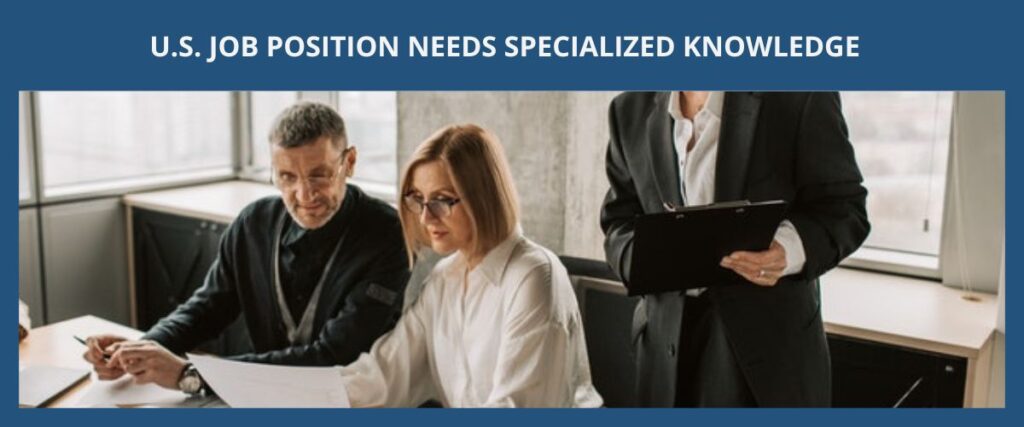
A qualified U.S. sponsoring employer under the L1B visa must (1) be a parent company, subsidiary, affiliate, or branch of the overseas company, and (2) it must be or will be doing business as an employer in the United States and in at least 1 other country either directly or through a qualifying organization for the duration of the L1B visa.
The U.S. sponsoring employer under the L1B visa petition can include for-profit, non-profit, religious, or charitable organizations, accounting or management consulting firms operating under an internationally recognized name or qualifying worldwide organizational structure. The business does not have to involve international trade.
Both the U.S. company and the overseas company must be actively doing business by providing regular, systematic, and continuous goods or services. The U.S. company can qualify as “doing business” in the United States even when it is only doing business with its affiliates and subsidiaries. For example, the U.S. sponsoring employer can be qualified as doing business where it earns all its revenue from its subsidiary overseas and not from selling products directly to unaffiliated third-party customers. However, a mere presence of an office or an agent does not qualify as doing business.
New U.S. Office
Foreign company’s sending professionals with specialized knowledge to the United States to start a new office must also show that the physical premises of the new office are already secured and it has the financial ability to pay the wage of the L1B visa employee and to begin doing business in the United States.
Parent Company
A parent company is a legal entity that has subsidiaries.
Subsidiary Company
A subsidiary company under the L1B visa petition is a legal entity of which a parent company owns directly or indirectly by having:
- (1)
- More than half of the entity and controls the entity
- (2)
- Half of the entity and controls the entity
- (3)
- 50 percent of a fifty-fifty joint venture and has equal control and veto power over the entity
- (4)
- Less than half of the entity but in fact controls the entity
*Control here means the right and the authority in directing the management and operations of a business entity
Affiliate Company
An affiliate company under the L1B visa petition is a legal entity that is:
- (1)
- One of two subsidiaries both of which are owned and controlled by the same parent or individual
- (2)
- One of two legal entities owned and controlled by the same group of individuals, with each individual owning and controlling approximately the same share or proportion of each entity
- (3)
- Firms that operate under the same internationally recognized corporate name even if they are actually separate entities (For example, an internationally recognized name of an accounting firm used by international management consulting firms or firms marketing accounting services can be considered as affiliates)
*Control here means the right and the authority in directing the management and operations of a business entity
Branch
A branch is an operating office or division of the same organization in different physical locations. A branch is not a separate business entity.
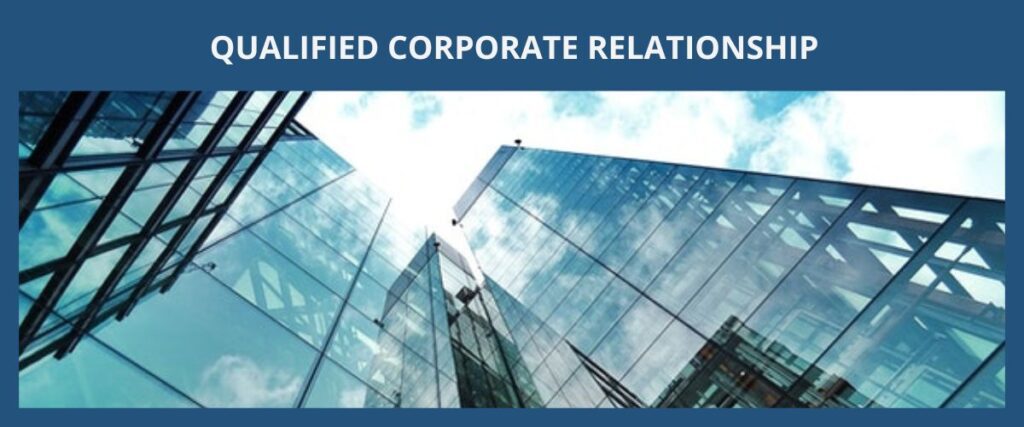
The initial L1B visa grants a period of stay for up to 3 years and renewals (extensions of stay) are granted in increments of 2 years up until the maximum limit of 5 years is reached. Any time spent physically outside the United States can be recaptured for the maximum limit of 5 years of the L1B visa status. After the maximum 5 years of the L1B visa is reached, the person must remain physically overseas (outside the United States) for at least 1 year before filing for a new L1B visa petition. The exception to the L1B visa 5-year limitation is when the person:
- Resides overseas and commutes regularly to the United States for part-time employment
OR
- Did not reside continually in the United States and the employment in the United States was intermittent, seasonal, or was in total six months or less per year
The exceptions cannot be used if the L1B visa worker’s dependent family members resided continuously in the United States under their L2 visa status.
L1B Visa Workers to Start New U.S. Office
For the L1B visa workers who are entering the United States to start a new office, the initial period of stay is up to 1 year and the first renewal (extensions of stay) is granted if the new U.S. office can prove that it is actively doing business and still needs the specialized knowledge employee.
L1B Grace Periods
The L1B visa holder is allowed to enter the United States 10 days before the start date and stay an additional 10 days after the end date. However, the L1B worker cannot work in those additional 20 days. There is also a 60-day grace period of authorized stay in the United States if the L1B worker’s employment is terminated before the visa end date.
-eng-1024x427.jpg)
The L1B visa has four main requirements that need to be satisfied: evidence must be provided to the USCIS to show that (1) the U.S. sponsoring employer must be a parent company, subsidiary, affiliate, or branch of the overseas company, (2) the U.S. sponsoring employer must be or will be doing business as an employer in the United States and in at least 1 other country either directly or through a qualifying organization for the duration of the L1B visa, (3) the person worked for the overseas company as a manager, executive, or a professional with specialized knowledge for at least 1-year within the 3-year period prior to filing the L1B visa petition, and (4) the person is qualified to work as a professional with specialized knowledge for the U.S. sponsoring employer.
Documents Required for the L1B Work Visa (Specialized Knowledge Professional)
The evidence provided to the USCIS for the L1B visa must show:
The original statutory wording for the evidentiary requirements of the L1B visas can be found in 8 CFR 214.2(l)(3).
eng-1024x427.jpg)
The total time an L1B visa takes is consisted of the processing time for the (1) L1B visa petition (Form I-129) with the USCIS and the (2) visa application (DS-160) at a U.S. consulate or embassy overseas if the person is not already in the United States or is ineligible to do a change of status within the United States. The L1 blanket visas (Form I-129S) typically are not filed with the USCIS and are processed during the visa application interview appointment at the U.S. consulate or embassy overseas instead.
Factors that influence the L1B visa petition processing time usually include but are not limited to if there was any Request for Evidence (“RFE”) issued, and the caseload of the USCIS service center and the U.S. consulate or embassy.
Premium Processing for Form I-129 (Expedited Service)
A rough estimate for the Form I-129 petition for the L1B visa is around 6 to 12 months (or 1 month for special blanket L1 visas). However, a 15-day premium processing (Form I-907) is available for the Form I-129 part of the L1B visa petition. Premium processing is an optional expedited service where the USCIS guarantees that the case will be processed within 15 calendar days (not business days). When a notice of intent to deny (NOID) or a request for evidence (RFE) is issued, a new 15 calendar days will start when the USCIS receives a response from the applicant. If the USCIS fails to process within the time frame, a refund of the service fee will be given and the case will continue to be expedited. Please note that USCIS’s guaranteed response may be an approval notice, denial notice, notice of intent to deny (NOID), request for evidence (RFE), or open an investigation for fraud or misrepresentation.
The current premium processing fee for the L1B visa is $2500 USD and it can be requested when the original petition is submitted to the USCIS or an upgrade to premium processing can be done when the case is pending.
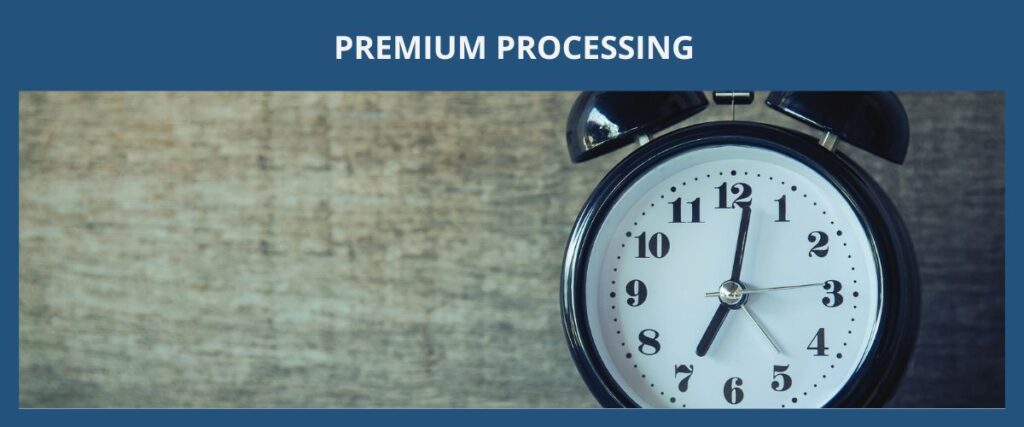
After the USCIS approves the L1B visa petition (Form I-129), the person will then need to change into their L1B visa status. There are 2 ways to change into the L1B visa status: change of status (done in the United States) and consular processing (done outside of the United States).
Change of status is usually for a person who is already in the United States with another valid nonimmigrant visa status and has maintained a lawful visa status throughout their time in the United States. On the other hand, consular processing is for a person who lives outside the United States or for a person who is ineligible to change their status in the United States due to noncompliance of U.S. immigration law (e.g., overstayed on their previous visa status, worked when they did not have valid U.S. work authorization, the visa status they used to enter the United States does not allow them to change into another type of visa status, etc.)
*Canadian citizens have an alternative option to apply for their L1B visa (and their change of status) directly with the CBP at the port of entry on the U.S.-Canada borders or at a U.S. pre-flight or pre-clearance station that is located in Canada instead.
For a person who is residing overseas (outside the United States) or a person who is ineligible for change of status with the L1B visa petition (Form I-129), consular processing must be done to obtain the L1B visa status. Consular processing involves the person attending an in-person interview at the U.S. consulate or embassy usually in the person’s home country. In certain circumstances, a person can do consular processing in another country as a “Third Country National.”
After the interview approval at the U.S. consulate or embassy, the person would have to be admitted entry into the United States by the CBP officer at the border (usually at the airport) which means that the person would have to physically enter the United States as the final step for the L1B visa status to be activated.
For a person who is already in the United States with another valid nonimmigrant visa, there are usually two options available to obtain the L1B visa status:
(1) Change of Status: this is the more commonly chosen option where the person states that they would like to change their status without leaving the United States in their L1B visa petition (Form I-129). If the person is eligible (no violations of U.S. immigration laws), then their nonimmigrant visa status will be changed upon the approved employment start date listed in the L1B visa petition. In cases where the person’s change of status request is denied or the person needs to change it into consular processing, an application for action on an approved application or petition (Form I-824) may be required.
(2) Consular Processing: this must be chosen if a person cannot show that they have maintained lawful visa status in the United States or for any other reasons such as the person needs to travel internationally before the L1B visa petition is approved.
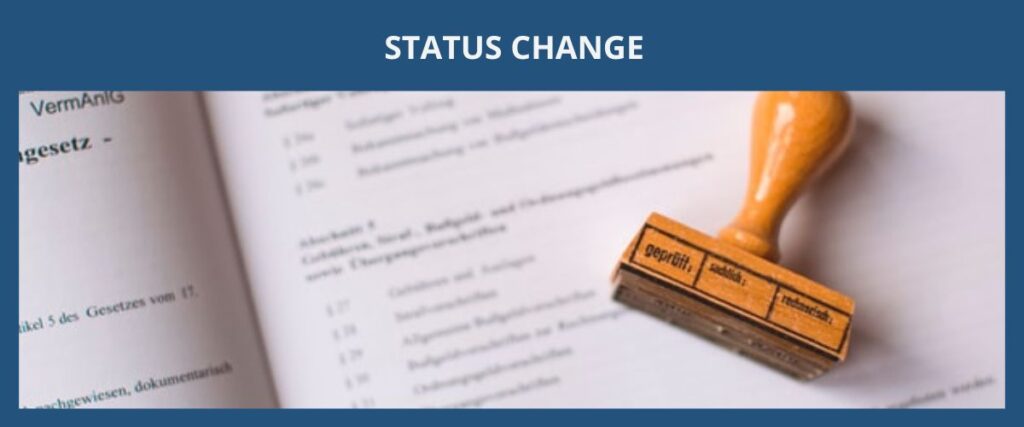
A change in employment for the L1B visa worker usually means that (1) the person will be working for another company under the same employer, (2) the person will be working part-time for other subsidiaries under the same employer, (3) the person’s employment was terminated earlier than their visa status expiration date, or (4) there was a material change in the person’s employment or L1B visa eligibility.
Amended Petition
An amended L1B visa petition would be required if there is a material change in the terms and conditions of the L1B visa worker’s employment or in the L1B visa worker’s visa eligibility. For example, an amended L1B visa petition must be filed if the L1B visa worker will have a new employer due to transferring to another company under the same organization or when there is a significant change in the L1B visa worker’s job duties.
If the L1B visa worker with specialized knowledge is later promoted to a manager or executive, the U.S. sponsoring employer must file an amended visa petition to change the L1B visa status to L1A visa status and it should be approved for at least 6 months before the person reaches the maximum 5 years of their L1B visa status.
Concurrent Employment
The L1B visa worker can work part-time for multiple subsidiaries of the same company but the subsidiaries must file a separate L1B visa petition to show a qualified relationship.
Early Termination
If the L1B visa worker’s employment ends before their visa status expiration date, the person will have a 60-day grace period (or till their existing expiration date if it comes earlier) to stay in the United States to seek other employment, change their visa status, or take care of affairs before departing the United States. However, the L1B visa worker is not allowed to work during that 60-day grace period.
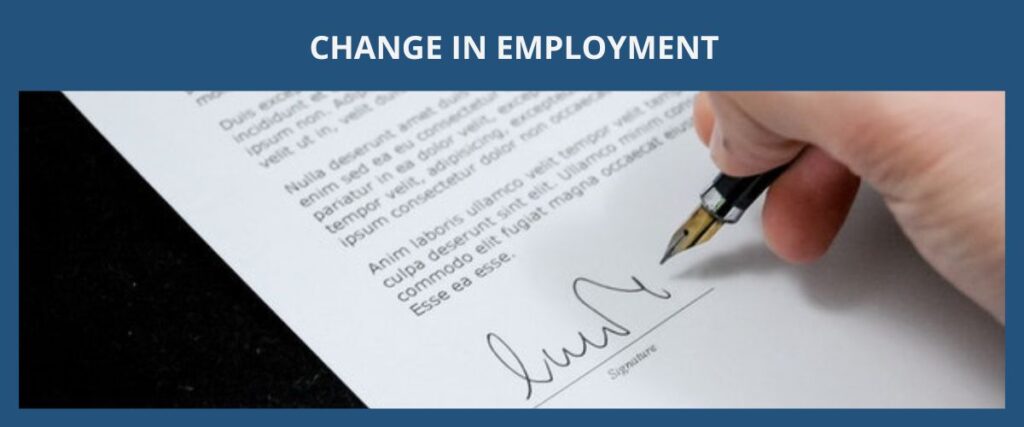
Dependent family members (spouse and unmarried children under 21 years old) of L1B visa workers are allowed to stay in the United States under the L2 visa status. The L2 spouse (not the L2 child) can legally work in the United States with an employment authorization document (EAD, Form I-765).
Dual intent visas allow the foreign person to have both an intent to temporarily stay in the United States and an intent to permanently stay in the United States. The intention to permanently stay in the United States can be shown when the foreign person has a pending green card petition with the USCIS or an approved PERM labor certification from the U.S. Department of Labor.
The L1B visa is a dual intent visa which means that it is possible for the person to have a green card (permanent residency) petition pending while still being able to maintain and extend (renew) their L1B visa status in the United States. In addition, unlike most nonimmigrant visas, the L1B visa worker is not required to maintain a residence (home address) overseas.
The L1B visas are for companies to transfer employees who are professionals that have specialized knowledge about the company from their overseas offices to a U.S. office or for foreign companies to send employees who are professionals that have specialized knowledge about the company to start a new office in the United States. Both types of professionals with specialized knowledge must have worked full-time for the company continuously for at least 1 year within the 3-year period prior to filing the L1B visa petition to enter the United States.
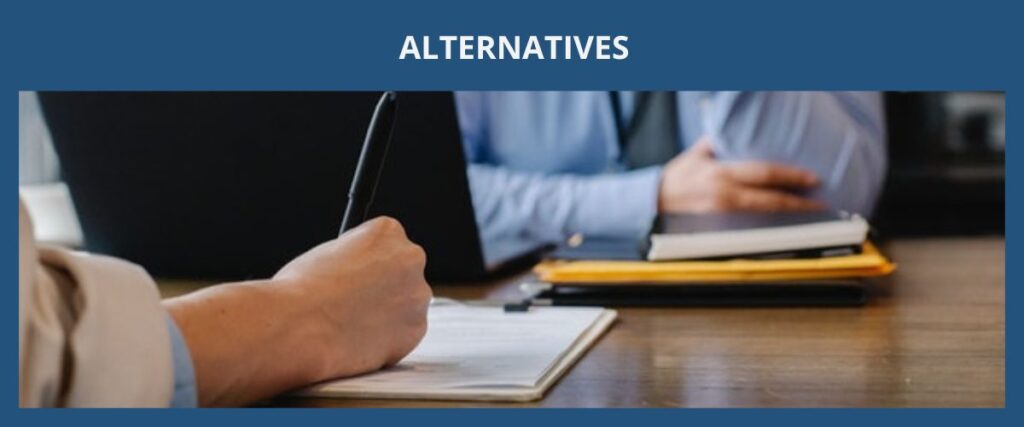
For people who do not qualify for the L1B work visa petition yet, the closest alternatives would be filing for an L1A visa petition (for managers or executives), or an H1b visa petition (Australians can file for E-3 visa petitions) or TN visa petition (for Canadian or Mexicans) to work in the United States.
Another possible alternative to filing an L1B visa petition would be to file for a green card petition which is a permanent immigrant visa and not a temporary work visa like the L1B visa. For more on green cards gained through work, please read the overview for employment-based green cards.
The main difference between a green card and a temporary work visa (such as an L1 visa, O1 visa, H1B visa, P1 visa, TN visa, E3 visa) is that a green card holder can freely change jobs among different employers without needing additional filings or approvals from the U.S. government. Also, unlike temporary work visas, green cards are permanent so there is no set maximum time on how long a green card holder can stay in the United States.
When the L1B visa workers decide that they would like to live in the United States permanently and do not want to be subject to the time limitations or the constant filing requirements to extend (renew) their temporary work visa, the next step for them is to file a green card petition. Some possible green card categories for L1B visa workers who are professionals with specialized knowledge include: (1) the EB1a green card petitions for persons of extraordinary ability in the sciences, arts, education, business, or athletics, (2) the EB1c green card petitions for multinational executives or managers, (3) the EB2 green card petitions for persons with an advanced degree (i.e., a master degree or higher degree), or (4) the EB3 green card petitions for professionals (e.g., a bachelor degree or higher degree).
Furthermore, a person can qualify for an employment-based green card no matter where they are currently residing in the world. There is no pre-requisite as to the person being in some type of nonimmigrant visa status (such as an L1B visa) or having an educational degree from a U.S. school. In other words, a person who does not have a U.S. degree and has never been to the United States can still qualify for an employment-based green card. Thus, even if a person is not in an L1B visa status yet but does have the qualifications for an L1B visa, they can alternatively choose to file for an employment-based green card petition (e.g., EB1 green card, EB2 green card, EB3 green card) instead.
If you have an L1B work visa (Specialized Knowledge Professionals for Multinational Companies) immigration question, please fill out our contact us form or send us an email with some basic information about your background and your immigration needs. We will do our best to respond within 48 hours.
How we can help?
Kylie Huang Law’s immigration attorney will help identify whether the L1B visa is the appropriate nonimmigrant visa category for the client’s (or the client’s beneficiary’s) professional background and if there are other visa options for the client (or the client’s beneficiary). We will work closely with our client to prepare a convincing case for their (or it’s) L1B visa petition and we will also strategize on how the L1B visa petition should be presented to achieve the best chances of approval. It is strongly advised and common practice to retain an immigration attorney for an L1B work visa petition due to the complexities in the immigration process and visa requirements.
What does the typical process look like to retain (hire) us?
- Step 1:
- Step 2:
- Step 3:
- Step 4:
- Step 5:
- a.
- b.
- c.
- Step 6:
- Step 7:
- Step 8:
- Fill out the form (with some basic information on what your immigration needs are)
- Sign up and log into the client portal to schedule an appointment online
- Attend scheduled appointment (typically a phone call or zoom meeting)
- Retainment (signing a contract to hire us)
- Start processing case
- Gathering required documents
- Preparing paperwork
- Confirming contents of documents that will be submitted
- Filing the case
- Following up on the status of the case
- Close the case when a final determination is issued
- Step 1:
- Step 2:
- Step 3:
- Step 4:
- Step 5:
- a.
- b.
- c.
- Step 6:
- Step 7:
- Step 8:
- Fill out the form (on what your immigration needs are)
- Sign up and log into the client portal to schedule an appointment
- Attend scheduled appointment (typically a phone call or zoom)
- Retainment (signing a contract to hire us)
- Start processing case
- Gathering required documents
- Preparing paperwork
- Confirming contents of documents that will be submitted
- Filing the case
- Following up on the status of the case
- Close the case when a final determination is issued
- Step 1:
- Step 2:
- Step 3:
- Step 4:
- Step 5:
- a.
- b.
- c.
- Step 6:
- Step 7:
- Step 8:
- Fill out the form (on what your immigration needs are)
- Sign up and log into the client portal to schedule appointment
- Attend scheduled appointment (typically a phone call or zoom)
- Retainment (hire us)
- Start processing case
- Gathering required documents
- Preparing paperwork
- Confirming content of documents that will be submitted
- Filing the case
- Following up on the case status
- Close the case when a final determination is issued
RELATED ARTICLES
- L1B Visa Requirement & Documents
- L1B Visa Checklist (Specialized Knowledge)
- L Visa Overview (Intra-Company Transferee)
- L1A Visa (Manager / Executive Transferee)
- L1A Visa Requirement & Documents
- L1A Visa Checklist (Manager / Executive Transferee)
- H Visa Overview (Specialty Occupations)
- H1B Visa (Specialty Occupations)

